
Born
December 11th, 1931
Passed Away
January 19th, 1990
Popularly Known as
Osho
Occupation
Spirituality
Religion
Jain
Native
Kuchwada
Country
India
પિતા જ ધર્મ છે, પિતા જ સ્વર્ગ છે, પિતા જ પરમ તપ છે, પિતૃભક્તિ સર્વે ભક્તિમાં શ્રેષ્ઠ છે. પિતૃભક્તિ સર્વે દેવતાઓને પણ પ્રિય છે. શાસ્ત્ર માં કહેવાયેલા આ વાક્યો નો અર્થ અમારા જીવનનો મર્મ છે. સ્વર્ગની પ્રાપ્તિ ધર્મથી થાય છે, તપથી થાય છે. પરંતુ અમારા માટે અમારી પિતૃભક્તિ જ સર્વે ભક્તિમાં શ્રેષ્ઠ છે.
Shradhanjali By
Shradhanjali .com
Biography of Rajneesh Chandra Mohan Jain
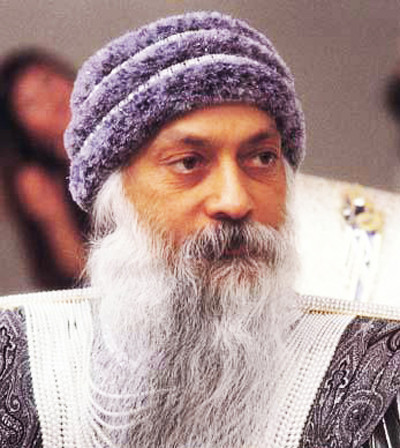
Osho, born Chandra Mohan Jain (11 December 1931 – 19 January 1990), also known as Acharya Rajneesh from the 1960s onwards, as Bhagwan Shree Rajneesh during the 1970s and 1980s and as Osho from 1989, was an Indian mystic and spiritual teacher who garnered an international following.
A professor of philosophy, he travelled throughout India in the 1960s as a public speaker. His outspoken criticism of socialism, Mahatma Gandhi and institutionalised religion made him controversial. He also advocated a more open attitude towards sexuality, a stance that earned him the sobriquet "sex guru" in the Indian and later the international press. In 1970 he settled for a while in Mumbai. He began initiating disciples (known as neo-sannyasins) and took on the role of a spiritual teacher. In his discourses, he reinterpreted writings of religious traditions, mystics and philosophers from around the world. Moving to Pune in 1974, he established an ashram that attracted increasing numbers of Westerners. The ashram offered therapies derived from the Human Potential Movement to its Western audience and made news in India and abroad, chiefly because of its permissive climate and Osho's provocative lectures. By the end of the 1970s, there were mounting tensions with the Indian government and the surrounding society.
In 1981, Osho relocated to the United States and his followers established an intentional community, later known as Rajneeshpuram, in the state of Oregon. Within a year the leadership of the commune became embroiled in a conflict with local residents, primarily over land use, which was marked by hostility on both sides. Osho's large collection of Rolls-Royce automobiles was also notorious. The Oregon commune collapsed in 1985 when Osho revealed that the commune leadership had committed a number of serious crimes, including a bioterror attack (food contamination) on the citizens of The Dalles. Osho was arrested shortly afterwards and charged with immigration violations. He was deported from the United States in accordance with a plea bargain. Twenty-one countries denied him entry, causing Osho to travel the world before returning to Pune, where he died in 1990. His ashram is today known as the Osho International Meditation Resort.
His syncretic teachings emphasise the importance of meditation, awareness, love, celebration, creativity and humour – qualities that he viewed as being suppressed by adherence to static belief systems, religious tradition and socialisation. His teachings have had a notable impact on Western New Age thought, and their popularity has increased markedly since his death.
- Childhood and adolescence: 1931–1950
Osho was born Chandra Mohan Jain, the eldest of eleven children of a cloth merchant, at his maternal grandparents' house in Kuchwada, a small village in the Raisen District of Madhya Pradesh state in India. His parents, who were Taranpanthi Jains, let him live with his maternal grandparents until he was seven years old. By Osho's own account, this was a major influence on his development, because his grandmother gave him the utmost freedom, leaving him carefree without an imposed education or restrictions.
When he was seven years old, his grandfather died, and he went to Gadarwara to live with his parents. He was profoundly affected by his grandfather's death, and again by the death of his childhood friend and cousin Shashi from typhoid when he was 15, leading to a preoccupation with death that lasted throughout much of his childhood and youth. In his school years he was a rebellious, but gifted student, and acquired a reputation as a formidable debater. He became an atheist, took an interest in hypnosis and was briefly associated with socialism and two Indian independence movements: the Indian National Army and the Rashtriya Swayamsevak Sangh.
- University years and public speaker: 1951–1970
In 1951, aged nineteen, Osho began his studies at Hitkarini College in Jabalpur. Asked to leave after conflicts with an instructor, he transferred to D. N. Jain College, also in Jabalpur. Having proved himself to be disruptively argumentative, he was not required to attend college classes in D. N. Jain College except for examinations and used his free time to work for a few months as an assistant editor at a local newspaper. He began speaking in public at the annual Sarva Dharma Sammelan held at Jabalpur, organised by the Taranpanthi Jain community into which he was born, and participated there from 1951 to 1968. He resisted his parents' pressure to get married. Osho later said he became spiritually enlightened on 21 March 1953, when he was 21 years old, in a mystical experience in the Bhanvartal garden in Jabalpur.
Having completed his B.A. in philosophy at D. N. Jain College in 1955, he joined the University of Sagar, where in 1957 he earned his M.A. in philosophy (with distinction). He immediately secured a teaching post at Raipur Sanskrit college, but the Vice Chancellor soon asked him to seek a transfer as he considered him a danger to his students' morality, character and religion. From 1958 he taught philosophy as a lecturer at Jabalpur University, being promoted to professor in 1960. A popular lecturer, he was acknowledged by his peers as an exceptionally intelligent man who had been able to overcome the deficiencies of his early small-town education.
In parallel to his university job, he travelled throughout India under the name Acharya Rajneesh (Acharya means teacher or professor; Rajneesh was a nickname he had acquired in childhood), giving lectures critical of socialism and Gandhi. He said socialism would only socialise poverty, and he described Gandhi as a masochist reactionary who worshipped poverty. What India needed to escape its backwardness was capitalism, science, modern technology and birth control. He criticised orthodox Indian religions as dead, filled with empty ritual, oppressing their followers with fears of damnation and the promise of blessings. Such statements made him controversial, but also gained him a loyal following that included a number of wealthy merchants and businessmen. These sought individual consultations from him about their spiritual development and daily life, in return for donations – a commonplace arrangement in India – and his practice grew rapidly. From 1962, he began to lead 3- to 10-day meditation camps, and the first meditation centres (Jivan Jagruti Kendra) started to emerge around his teaching, then known as the Life Awakening Movement (Jivan Jagruti Andolan). After a speaking tour in 1966, he resigned from his teaching post.
In a 1968 lecture series, later published under the title From Sex to Superconsciousness, he scandalised Hindu leaders by calling for freer acceptance of sex and became known as the "sex guru" in the Indian press. When in 1969 he was invited, despite the misgivings of some Hindu leaders, to speak at the Second World Hindu Conference he used the occasion to raise controversy again, claiming that "any religion which considers life meaningless and full of misery, and teaches the hatred of life, is not a true religion. Religion is an art that shows how to enjoy life." He characterised priests as being motivated by self-interest, provoking the shankaracharya of Puri, who tried in vain to have his lecture stopped.
- Mumbai: 1970–1974
At a public meditation event in spring 1970 Osho presented his Dynamic Meditation method for the first time. He left Jabalpur for Mumbai at the end of June. On September 26, 1970, he initiated his first group of disciples or neo-sannyasins. Becoming a disciple meant assuming a new name and wearing the traditional orange dress of ascetic Hindu holy men, including a beaded necklace (mala) carrying a locket with his picture. However, his sannyasins were encouraged to follow a celebratory rather than ascetic lifestyle. He himself was not to be worshipped but regarded as a catalytic agent, "a sun encouraging the flower to open".
He had by then acquired a secretary who, as his first disciple, had taken the name Ma Yoga Laxmi. Laxmi was the daughter of one of his early followers, a wealthy Jain who had been a key supporter of the National Congress Party during the struggle for Indian independence, with close ties to Gandhi, Nehru and Morarji Desai. She raised the money that enabled Osho to stop his travels and settle down. In December 1970, he moved to the Woodlands Apartments in Mumbai, where he gave lectures and received visitors, among them his first Western visitors. He now travelled rarely, no longer speaking at open public meetings. In 1971, he adopted the title "Bhagwan Shree Rajneesh". Shree is a polite form of address roughly equivalent to the English "Sir"; Bhagwan means "blessed one", used in Indian traditions as a term of respect for a human being in whom the divine is no longer hidden but apparent.
- Pune Ashram: 1974–1981
The humid climate of Mumbai appeared detrimental to Osho's health: he developed diabetes, asthma and numerous allergies. In 1974, on the 21st anniversary of his experience in Jabalpur, he moved to a property in Koregaon Park, Pune, purchased with the help of Catherine Venizelos (Ma Yoga Mukta), a Greek shipping heiress. Osho taught at the Pune ashram from 1974 to 1981. The two adjoining houses and 6 acres (24,000 m2) of land became the nucleus of an ashram, and the property is still the heart of the present-day Osho International Meditation Resort. It allowed the regular audio recording and, later, video recording and printing of his discourses for worldwide distribution, enabling him to reach far larger audiences. The number of Western visitors increased sharply. The ashram soon featured an arts-and-crafts centre producing clothes, jewellery, ceramics and organic cosmetics and hosted performances of theatre, music and mime. From 1975, after the arrival of several therapists from the Human Potential Movement, the ashram began to complement meditations with a growing number of therapy groups, which became a major source of income for the ashram.
The Pune ashram was by all accounts an exciting and intense place to be, with an emotionally charged, madhouse-carnival atmosphere. The day began at 6:00 a.m. with Dynamic Meditation. From 8:00 a.m. Osho gave a 60- to 90-minute spontaneous lecture in the ashram's "Buddha Hall" auditorium, commenting on religious writings or answering questions from visitors and disciples. Until 1981, lecture series held in Hindi alternated with series held in English. During the day, various meditations and therapies took place, whose intensity was ascribed to the spiritual energy of Osho's "buddhafield". In evening darshans Osho conversed with individual disciples or visitors and initiated disciples ("gave sannyas"). Sannyasins came for darshan when departing or returning or when they had anything they wanted to discuss.
To decide which therapies to participate in, visitors either consulted Osho or made selections according to their own preferences. Some of the early therapy groups in the ashram, such as the Encounter group, were experimental, allowing a degree of physical aggression as well as sexual encounters between participants. Conflicting reports of injuries sustained in Encounter group sessions began to appear in the press. Richard Price, at the time a prominent Human Potential Movement therapist and co-founder of the Esalen institute, found the groups encouraged participants to be violent rather than play at being violent (the norm in Encounter groups conducted in the United States) and criticised them for "the worst mistakes of some inexperienced Esalen group leaders". Price is alleged to have exited the Pune ashram with a broken arm following a period of eight hours locked in a room with participants armed with wooden weapons. Bernard Gunther, his Esalen colleague, fared better in Pune and wrote a book, Dying for Enlightenment, featuring photographs and lyrical descriptions of the meditations and therapy groups.
Violence in the therapy groups eventually ended in January 1979, when the ashram issued a press release stating that violence "had fulfilled its function within the overall context of the ashram as an evolving spiritual commune." Besides the controversy around the therapies, allegations of drug use amongst sannyasins began to mar the ashram's image. Some Western sannyasins were financing extended stays in India through prostitution and drug-running. A few later said that, while Osho was not directly involved, they discussed such plans and activities with him in darshan and he gave his blessing.
By the latter 1970s the Pune ashram was too small to contain the rapid growth and Osho asked that somewhere larger be found. Sannyasins from around India started looking for properties: those found included one in the province of Kutch in Gujarat and two more in India's mountainous north. The plans were never implemented as mounting tensions between the ashram and the Janata Party government of Morarji Desai resulted in an impasse. Land-use approval was denied and, more importantly, the government stopped issuing visas to foreign visitors who indicated the ashram as their main destination. In addition, Desai's government cancelled the tax-exempt status of the ashram with retrospective effect, resulting in a claim estimated at $5 million. Conflicts with various Indian religious leaders aggravated the situation – by 1980 the ashram had become so controversial that Indira Gandhi, despite a previous association between Osho and the Indian Congress Party dating back to the sixties, was unwilling to intercede for it after her return to power. In May 1980, during one of Osho's discourses, an attempt on his life was made by Vilas Tupe, a young Hindu fundamentalist.
By 1981 Osho's ashram hosted 30,000 visitors per year. Daily discourse audiences were by then predominantly European and American. Many observers noted that Osho's lecture style changed in the late seventies, becoming less focused intellectually and featuring an increasing number of ethnic or dirty jokes intended to shock or amuse his audience. On 10 April 1981, having discoursed daily for nearly 15 years, Osho entered a three-and-a-half-year period of self-imposed public silence, and satsangs – silent sitting with music and readings from spiritual works such as Khalil Gibran's The Prophet or the Isha Upanishad – replaced discourses. Around the same time, Ma Anand Sheela (Sheela Silverman) replaced Ma Yoga Laxmi as Osho's secretary.
- America and the Oregon commune: 1981–1985
In 1981 the increased tension around the Pune ashram, along with criticism of its activities and threatened punitive action by the Indian authorities, provided an impetus for the ashram to relocate to America. On 1 June Osho travelled to the United States on a tourist visa, ostensibly for medical purposes, and spent several months at Kip's Castle in Montclair, New Jersey. He had been diagnosed with a prolapsed disc in spring 1981 and treated by several doctors, including James Cyriax, a St. Thomas' Hospital musculoskeletal physician and expert in epidural injections flown in from London. Sheela stated in public that Osho was in grave danger if he remained in India but would receive appropriate medical treatment in America if he were to require surgery.
According to Susan J. Palmer the move to the United States "appears to have been a unilateral decision on the part of Sheela." Gordon (1987) notes that Sheela and Osho had discussed the idea of establishing a new commune in the U.S. in late 1980, although he did not agree to travel there until May 1981. Osho's previous secretary, Laxmi, reported to Frances FitzGerald that "she had failed to find a property in India adequate to [Osho's] needs, and thus, when the medical emergency came, the initiative had passed to Sheela". Osho never sought outside medical treatment during his time in America, leading the Immigration and Naturalization Service to believe that he had a preconceived intent to remain there. Osho later pleaded guilty to immigration fraud, including making false statements on his initial visa application.
On 13 June 1981, Sheela's husband bought, for US$5.75 million, a 64,229-acre (260 km2) ranch, previously known as "The Big Muddy Ranch" and located across two Oregon counties (Wasco and Jefferson). It was renamed "Rancho Rajneesh" and Osho moved there on 29 August. Initial local reactions community ranged from hostility to tolerance, depending on distance from the ranch. Within a year a series of legal battles ensued, principally over land use. In May 1982 the residents of Rancho Rajneesh voted to incorporate it as the city of Rajneeshpuram. Conflict with local residents became increasingly bitter and, over the following years, the commune was subject to constant, coordinated pressure from various coalitions. The commune leaders' stance was uncompromising, confrontational and impatient: their behaviour was implicitly threatening, and repeated changes in the commune's stated plans looked like conscious deception, whether they were or not.
Osho lived in a trailer next to a covered swimming pool and other amenities. He did not lecture and only saw most of the residents when, daily, he would slowly drive past them as they stood by the road. He gained notoriety for the many Rolls-Royces bought for his use, eventually numbering 93 vehicles.
Having withdrawn from public speaking, Osho gave Ma Anand Sheela limited power of attorney in 1981 and removed the limits in 1982. In 1983 Sheela announced that he would henceforth speak only with her. He would later state that she kept him in ignorance. Many sannyasins expressed doubts about whether Sheela properly represented Osho and many dissidents left Rajneeshpuram in protest at its autocratic leadership.
Resident sannyasins without U.S. citizenship experienced visa difficulties that some tried to overcome by marriages of convenience. Commune administrators tried to resolve Osho's own difficulty in this respect by declaring him the head of a religion, "Rajneeshism": in November 1981 Osho applied for residence as a religious worker, which was refused on the grounds that he could not lead a religion while unwell and in silence. This decision was later overturned due to procedural violations and leave to stay as a religious leader was granted three years later, in 1984.
The Oregon years saw an increased emphasis on Osho's prediction that the world might be destroyed by nuclear war or other disasters sometime in the 1990s. Osho had said as early as 1964 that "the third and last war is now on the way" and frequently spoke of the need to create a "new humanity" to avoid global suicide.This now became the basis for a new exclusivism, a 1983 article in the Rajneesh Foundation Newsletter announcing that "Rajneeshism is creating a Noah's Ark of consciousness ... I say to you that except this there is no other way", increasing the sense of urgency in building the Oregon commune. In March 1984 Sheela announced that Osho had predicted the death of two-thirds of humanity from AIDS. Sannyasins were required to wear rubber gloves and condoms if they had sex, and to refrain from kissing, measures widely represented in the press as an extreme overreaction since condoms were not usually recommended for AIDS prevention at that stage.
Osho ended his period of public silence on 30 October 1984, announcing that it was time to "speak his own truths." In July 1985 he resumed daily public discourses in the commune's 2-acre (8,100 m2) meditation hall, against Sheela's wishes according to statements he made to the press. On 16 September 1985, a few days after Sheela and her entire management team had suddenly left the commune for Europe, Osho held a press conference in which he labelled Sheela and her associates a "gang of fascists." He accused them of having committed a number of serious crimes, most of these dating back to 1984, and invited the authorities to investigate. The alleged crimes, which he stated had been committed without his knowledge or consent, included the attempted murder of his personal physician, poisonings of public officials, wiretapping and bugging within the commune and within his own home, and a bioterror attack on the citizens of The Dalles, Oregon, using salmonella. While his allegations were initially greeted with skepticism by outside observers, the subsequent investigation by the U.S. authorities confirmed these accusations and resulted in the conviction of Sheela and several of her lieutenants.
The salmonella attack was noted as the first confirmed instance of chemical or biological terrorism to have occurred in the United States. Osho stated that because he was in silence and isolation, meeting only with Sheela, he was unaware of the crimes committed by the Rajneeshpuram leadership until Sheela and her "gang" left and sannyasins came forward to inform him. A number of commentators have stated that in their view Sheela was being used as a convenient scapegoat. Others have pointed to the fact that although Sheela had bugged Osho's living quarters and made her tapes available to the U.S. authorities as part of her own plea bargain, no evidence has ever come to light that Osho had any part in her crimes. Nevertheless Gordon (1987) reports that Charles Turner, David Frohnmayer and other law enforcement officials, who had surveyed affidavits never released publicly and who listened to hundreds of hours of tape recordings, insinuated to him that Osho was guilty of more crimes than those for which he was eventually prosecuted. Frohnmayer asserted that Osho's philosophy was not "disapproving of poisoning" and that he felt he and Sheela had been "genuinely evil".
During his residence in Rajneeshpuram Osho dictated three books under the influence of nitrous oxide administered to him by his private dentist: Glimpses of a Golden Childhood, Notes of a Madman and Books I Have Loved. Sheela later stated that Osho took sixty milligrams of Valium each day and was addicted to nitrous oxide. Osho denied these charges when questioned about them by journalists.
On 30 September 1985 Osho denied that he was a religious teacher. His disciples burned 5,000 copies of "Book of Rajneeshism", a 78-page compilation of his teachings that defined "Rajneeshism" as "a religionless religion". He said he ordered the book-burning to rid the sect of the last traces of the influence of Sheela, whose robes were also "added to the bonfire". On 23 October 1985 a federal grand jury issued a thirty-five-count indictment charging Osho and several other disciples with conspiracy to evade immigration laws. The indictment was returned in camera, but word was leaked to Osho's lawyer. Negotiations to allow Osho to surrender to authorities in Portland if a warrant were issued failed. Rumours of a National Guard takeover and a planned violent arrest of Osho led to tension and fears of shooting. On the strength of Sheela's tape recordings authorities later stated the belief that there had been a plan that sannyasin women and children would have been asked to create a human shield had authorities attempted to arrest Osho at the commune. On 28 October 1985 Osho and a small number of sannyasins accompanying him were arrested aboard a rented Learjet at a North Carolina airstrip; according to federal authorities the group was en route to Bermuda to avoid prosecution. $58,000 in cash, 35 watches and bracelets worth $1 million were found on the aircraft. Osho had by all accounts been informed neither of the impending arrest nor the reason for the journey.
Osho's imprisonment and transfer across the country took the form of a public spectacle – he was displayed in chains, held first in North Carolina then Oklahoma and finally in Portland. Officials took the full ten days legally available to them to transfer him from North Carolina to Portland for arraignment. After initially pleading "not guilty" to all charges and being released on bail Osho, on the advice of his lawyers, entered an "Alford plea" – a type of guilty plea through which a suspect does not admit guilt, but does concede there is enough evidence to convict him – to one count of having a concealed intent to remain permanently in the U.S. at the time of his original visa application in 1981 and one count of having conspired to have sannyasins enter into sham marriages to acquire U.S. residency. Under the deal his lawyers made with the U.S. Attorney's office he was given a 10-year suspended sentence, five years' probation and a $400,000 penalty in fines and prosecution costs and agreed to leave the United States, not returning for at least five years without the permission of the United States Attorney General.
- Travels and return to Pune: 1985–1990
Following his exit from the U.S. Osho returned to India, landing in Delhi on November 17. He was given a hero's welcome by his Indian disciples and denounced the United States, saying the world must "put the monster America in its place" and that "Either America must be hushed up or America will be the end of the world."[137] He then stayed for six weeks in Himachal Pradesh. When non-Indians in his party had their visas revoked, he moved on to Kathmandu, Nepal, and then, a few weeks later, to Crete. Arrested after a few days by the KYP, he flew to Geneva, then to Stockholm and to Heathrow, but was in each case refused entry. Next Canada refused landing permission so his plane returned to Shannon airport, Ireland, to refuel. There he was allowed to stay for two weeks, at a hotel in Limerick City, on condition that he did not go out or give talks. He had been granted a Uruguayan identity card, one-year provisional residency and a possibility of permanent residency, so the party set out, stopping at Madrid, where the plane was surrounded by the Guardia Civil. He was allowed to spend one night at Dakar then continued to Recife and Montevideo. In Uruguay the group moved to a house at Punta del Este where Osho began speaking publicly until on June 19 Osho was "invited to leave" for no official reason,. A two-week visa was arranged for Jamaica but on arrival in Kingston police gave the group 12 hours to leave. Refuelling in Gander and in Madrid, Osho returned to Mumbai, India, on July 30, 1986.
In January 1987, Osho returned to the ashram in Pune, where he held daily evening discourses, with interruptions due to intermittent ill health. Publishing and therapy resumed and the ashram underwent expansion, now as a "Multiversity" where therapy was to function as a bridge to meditation. Osho devised new "meditation therapy" methods such as the "Mystic Rose" and began to lead meditations in his discourses after a gap of more than ten years. His western disciples formed no large communes, mostly preferring ordinary independent living. Red/orange dress and the mala were largely abandoned, having been optional since 1985. The wearing of red robes – only while on ashram premises – was reintroduced in summer 1989, along with white robes worn for evening meditation and black robes for group-leaders.
In November 1987 Osho expressed his belief that his deteriorating health (nausea, fatigue, pain in extremities and lack of resistance to infection) was due to poisoning by the U.S. authorities while in prison. His doctors and former attorney, Philip J. Toelkes (Swami Prem Niren), hypothesised radiation and thallium in a deliberately irradiated mattress, since his symptoms were concentrated on the right side of his body,but presented no hard evidence.[146] U.S. attorney Charles H. Hunter described this as "complete fiction" while others suggested exposure to HIV or chronic diabetes and stress.
From early 1988 Osho's discourses focused exclusively on Zen. In late December he said he no longer wished to be referred to as "Bhagwan Shree Rajneesh", and in February 1989 took the name "Osho Rajneesh", shortened to "Osho" in September.He also requested that all trademarks previously branded with RAJNEESH be rebranded internationally to OSHO. His health continued to weaken. He delivered his last public discourse in April 1989, from then on simply sitting in silence with his followers. Shortly before his death Osho suggested that one or more audience members at evening meetings (now referred to as the White Robe Brotherhood) were subjecting him to some form of evil magic. A search for the perpetrators was undertaken but none could be found.
Osho died on January 19, 1990, aged 58, heart failure being the publicly reported cause. His ashes were placed in his newly built bedroom in Lao Tsu House at the Pune ashram. The epitaph reads, "OSHO. Never Born, Never Died. Only Visited this Planet Earth between Dec 11 1931 – Jan 19 1990."
- Teachings
Osho's teachings, delivered through his discourses, were not presented in an academic setting, but interspersed with jokes and delivered with a rhetoric that many found spellbinding. The emphasis was not static but changed over time: Osho revelled in paradox and contradiction, making his work difficult to summarise.He delighted in engaging in behaviour that seemed entirely at odds with traditional images of enlightened individuals; his early lectures in particular were famous for their humour and their refusal to take anything seriously. All such behaviour, however capricious and difficult to accept, was explained as "a technique for transformation" to push people "beyond the mind."
He spoke on major spiritual traditions including Jainism, Hinduism, Hassidism, Tantrism, Taoism, Christianity, Buddhism, on a variety of Eastern and Western mystics and on sacred scriptures such as the Upanishads and the Guru Granth Sahib. The sociologist Lewis F. Carter saw his ideas as rooted in Hindu advaita, in which the human experiences of separateness, duality and temporality are held to be a kind of dance or play of cosmic consciousness in which everything is sacred, has absolute worth and is an end in itself. While his contemporary Jiddu Krishnamurti did not approve of Osho, there are clear similarities between their respective teachings.
Osho also drew on a wide range of Western ideas.His view of the unity of opposites recalls Heraclitus, while his description of man as a machine, condemned to the helpless acting out of unconscious, neurotic patterns, has much in common with Freud and Gurdjieff. His vision of the "new man" transcending constraints of convention is reminiscent of Nietzsche's Beyond Good and Evil, while his views on sexual liberation bear comparison to D. H. Lawrence.
- Ego and the mind
According to Osho every human being is a Buddha with the capacity for enlightenment, capable of unconditional love and of responding rather than reacting to life, although the ego usually prevents this, identifying with social conditioning and creating false needs and conflicts and an illusory sense of identity that is nothing but a barrier of dreams. Otherwise man's innate being can flower in a move from the periphery to the centre.
Osho views the mind first and foremost as a mechanism for survival, replicating behavioural strategies that have proven successful in the past. But the mind's appeal to the past, he said, deprives human beings of the ability to live authentically in the present, causing them to repress genuine emotions and to shut themselves off from joyful experiences that arise naturally when embracing the present moment: "The mind has no inherent capacity for joy. ... It only thinks about joy." The result is that people poison themselves with all manner of neuroses, jealousies and insecurities. He argued that psychological repression, often advocated by religious leaders, makes suppressed feelings re-emerge in another guise, and that sexual repression resulted in societies obsessed with sex. Instead of suppressing, people should trust and accept themselves unconditionally. This should not merely be understood intellectually, as the mind could only assimilate it as one more piece of information: instead meditation was needed.
- Meditation
Osho presented meditation not just as a practice but as a state of awareness to be maintained in every moment, a total awareness that awakens the individual from the sleep of mechanical responses conditioned by beliefs and expectations. He employed Western psychotherapy in the preparatory stages of meditation to create awareness of mental and emotional patterns.
He suggested more than a hundred meditation techniques in total.His own "Active Meditation" techniques are characterised by stages of physical activity leading to silence. The most famous of these remains Dynamic Meditation,which has been described as a kind of microcosm of his outlook. Performed with closed or blindfolded eyes, it comprises five stages, four of which are accompanied by music. First the meditator engages in ten minutes of rapid breathing through the nose. The second ten minutes are for catharsis: "Let whatever is happening happen. ... Laugh, shout, scream, jump, shake – whatever you feel to do, do it!" Next, for ten minutes one jumps up and down with arms raised, shouting Hoo! each time one lands on the flat of the feet. At the fourth, silent stage, the meditator stops moving suddenly and totally, remaining completely motionless for fifteen minutes, witnessing everything that is happening. The last stage of the meditation consists of fifteen minutes of dancing and celebration.
Osho developed other active meditation techniques, such as the Kundalini "shaking" meditation and the Nadabrahma "humming" meditation, which are less animated, although they also include physical activity of one sort or another.His later "meditative therapies" require sessions for several days, OSHO Mystic Rose comprising three hours of laughing every day for a week, three hours of weeping each day for a second, and a third week with three hours of silent meditation. These processes of "witnessing" enable a "jump into awareness". Osho believed such cathartic methods were necessary, since it was difficult for modern people to just sit and enter meditation. Once the methods had provided a glimpse of meditation people would be able to use other methods without difficulty.
- Sannyas
Another key ingredient was his own presence as a master; "A Master shares his being with you, not his philosophy. ... He never does anything to the disciple."The initiation he offered was another such device: "... if your being can communicate with me, it becomes a communion. ... It is the highest form of communication possible: a transmission without words. Our beings merge. This is possible only if you become a disciple." Ultimately though, as an explicitly "self-parodying" guru, Osho even deconstructed his own authority, declaring his teaching to be nothing more than a "game" or a joke.He emphasised that anything and everything could become an opportunity for meditation.
- Renunciation and the "New Man"
Osho saw his "neo-sannyas" as a totally new form of spiritual discipline, or one that had once existed but since been forgotten. He felt that the traditional Hindu sannyas had turned into a mere system of social renunciation and imitation. He emphasised complete inner freedom and the responsibility to oneself, not demanding superficial behavioral changes, but a deeper, inner transformation. Desires were to be accepted and surpassed rather than denied. Once this inner flowering had taken place, desires such as that for sex would be left behind.
Osho said that he was "the rich man's guru" and that material poverty was not a genuine spiritual value.He had himself photographed wearing sumptuous clothing and hand-made watches and, while in Oregon, drove a different Rolls-Royce each day – his followers reportedly wanted to buy him 365 of them, one for each day of the year. Publicity shots of the Rolls-Royces were sent to the press. They may have reflected both his advocacy of wealth and his desire to provoke American sensibilities, much as he had enjoyed offending Indian sensibilities earlier.
Osho aimed to create a "new man" combining the spirituality of Gautama Buddha with the zest for life embodied by Nikos Kazantzakis' Zorba the Greek: "He should be as accurate and objective as a scientist ... as sensitive, as full of heart, as a poet ... [and as] rooted deep down in his being as the mystic." His term the "new man" applied to men and women equally, whose roles he saw as complementary; indeed, most of his movement's leadership positions were held by women. This new man, "Zorba the Buddha", should reject neither science nor spirituality but embrace both. Osho believed humanity was threatened with extinction due to over-population, impending nuclear holocaust and diseases such as AIDS, and thought many of society's ills could be remedied by scientific means.The new man would no longer be trapped in institutions such as family, marriage, political ideologies and religions. In this respect Osho is similar to other counter-culture gurus, and perhaps even certain postmodern and deconstructional thinkers.
- Osho's "Ten Commandments"
In his early days as Acharya Rajneesh, a correspondent once asked Osho for his "Ten Commandments". In reply Osho noted that it was a difficult matter because he was against any kind of commandment but, "just for fun", set out the following;
- Never obey anyone's command unless it is coming from within you also.
- There is no God other than life itself.
- Truth is within you, do not search for it elsewhere.
- Love is prayer.
- To become a nothingness is the door to truth. Nothingness itself is the means, the goal and attainment.
- Life is now and here.
- Live wakefully.
- Do not swim – float.
- Die each moment so that you can be new each moment.
- Do not search. That which is, is. Stop and see.
He underlined numbers 3, 7, 9 and 10. The ideas expressed in these Commandments have remained constant leitmotifs in his movement.
- Legacy
While Osho's teachings met with strong rejection in his home country during his lifetime, there has been a change in Indian public opinion since Osho's death. In 1991, an influential Indian newspaper counted Osho, along with figures such as Gautama Buddha and Mahatma Gandhi, among the ten people who had most changed India's destiny; in Osho's case, by "liberating the minds of future generations from the shackles of religiosity and conformism." Osho has found more acclaim in his homeland since his death than he ever did while alive. At a celebration in 2006, marking the 75th anniversary of Osho's birth, Indian singer Wasifuddin Dagar said that Osho's teachings are "more pertinent in the current milieu than they were ever before." In Nepal, there are 60 Osho centres with almost 45,000 initiated disciples (reported in 2008). Osho's entire works have been placed in the Library of India's National Parliament in New Delhi. Prominent figures such as Indian Prime Minister Manmohan Singh and the Indian Sikh writer Khushwant Singh have expressed their admiration for Osho. The Bollywood actor and Osho disciple Vinod Khanna, who had worked as Osho's gardener in Rajneeshpuram, served as India's Minister of State for External Affairs from 2003 to 2004.
Over 650 books are credited to Osho, expressing his views on all facets of human existence. Virtually all of them are renderings of his taped discourses. His books are available in 55 different languages and have entered best-seller lists in countries such as Italy and South Korea. Internationally, after almost two decades of controversy and a decade of accommodation, Osho's movement has established itself in the market of new religions. His followers have redefined his contributions, reframing central elements of his teaching so as to make them appear less controversial to outsiders. Societies in North America and Western Europe have met them half-way, becoming more accommodating to spiritual topics such as yoga and meditation. The Osho group runs stress management seminars for corporate clients such as IBM and BMW, with a reported (2000) revenue between $15 and $45 million annually in the U.S.
Osho's ashram in Pune has become the Osho International Meditation Resort, one of India's main tourist attractions. Describing itself as the Esalen of the East, it teaches a variety of spiritual techniques from a broad range of traditions and promotes itself as a spiritual oasis, a "sacred space" for discovering one's self and uniting the desires of body and mind in a beautiful resort environment. According to press reports, it attracts some 200,000 people from all over the world each year; prominent visitors have included politicians, media personalities and the Dalai Lama. Before anyone is allowed to enter the resort, an AIDS test is required, and those who are discovered to have the disease are not allowed in.
- Reception
- Guru and cult leader
Osho is generally considered one of the most controversial spiritual leaders to have emerged from India in the twentieth century. His message of sexual, emotional, spiritual, and institutional liberation, as well as the pleasure he took in causing offence, ensured that his life was surrounded by controversy. Osho became known as the "sex guru" in India, and as the "Rolls-Royce guru" in the United States. His movement was widely feared and loathed as a cult, in much the same way as Scientology or the Unification Church. Osho was seen to live "in ostentation and offensive opulence", while his followers might be at mere "subsistence level". According to the Indian sociologist Uday Mehta, his appeal to his Western disciples was based on his social experiments, which established a philosophical connection between the Eastern guru tradition and the Western growth movement.
- Appraisal as a thinker and speaker
There are widely divergent views on Osho's qualities as a thinker and speaker. Khushwant Singh, eminent author, historian and former editor of the Hindustan Times, has described him as "the most original thinker that India has produced: the most erudite, the most clearheaded and the most innovative". In his view, Osho was a "free-thinking agnostic" who had the ability to explain the most abstract concepts in simple language, illustrated with witty anecdotes, who mocked gods, prophets, scriptures and religious practices and gave a totally new dimension to religion. Osho's commentary on the Sikh scripture known as Japuji was hailed as the best available by Giani Zail Singh, the former President of India. The German philosopher Peter Sloterdijk has called Osho a "Wittgenstein of religions", ranking him as one of the greatest figures of the 20th century; in his view, Osho had performed a radical deconstruction of the word games played by the world's religions. The American poet and Rumi translator Coleman Barks likened reading Osho's discourses to the "taste of fresh springwater." The American author Tom Robbins, while stressing that he was not a disciple, expressed his conviction, based on reading Osho's books, that he was the 20th century's greatest spiritual teacher, and probably also one of the most maligned figures in history, given the amount of vicious propaganda and slanted reports published about him.
During the early 1980s, a number of commentators in the popular press were dismissive of Osho. The Australian critic Clive James scornfully referred to him as "Bagwash", likening the experience of listening to one of his discourses to sitting in a laundrette and watching "your underwear revolve soggily for hours while exuding grey suds. The Bagwash talks the way that looks." James finished by saying that Osho was just a "rebarbative dingbat who manipulates the manipulatable". Responding to an enthusiastic review of Osho's talks by Bernard Levin in The Times, Dominik Wujastyk, also writing in The Times, similarly expressed his opinion that the talk he heard while visiting the Pune ashram was of a very low standard, wearyingly repetitive and often factually wrong, and stated that he felt disturbed by the personality cult surrounding Osho.
Osho attacked traditional concepts of nationalism, expressed undisguised contempt for politicians and poked fun at leading figures of various religions. Religious leaders in turn found his arrogance unbearable. His ideas on sex, marriage, family and relationships contradicted traditional views of these matters and aroused a great deal of anger and opposition around the world.
- Charisma
A number of commentators have remarked upon Osho's charisma. Comparing Osho with Gurdjieff, Anthony Storr wrote that Osho was "personally extremely impressive", noting that "many of those who visited him for the first time felt that their most intimate feelings were instantly understood, that they were accepted and unequivocally welcomed rather than judged. [Osho] seemed to radiate energy and to awaken hidden possibilities in those who came into contact with him." Many sannyasins have stated that hearing Osho speak, they "fell in love with him." Susan J. Palmer noted that even critics attested to the power of his presence. James S. Gordon, a psychiatrist and researcher, recalls inexplicably finding himself laughing like a child, hugging strangers and having tears of gratitude in his eyes after a single glance by Osho from within his passing Rolls-Royce. Frances FitzGerald concluded upon listening to Osho in person that he was a brilliant lecturer, and expressed surprise at his talent as a comedian, which had not been apparent from reading his books, as well as the hypnotic quality of his talks, which had a profound effect on his audience. Hugh Milne, an ex-follower, remembering his first meeting with Osho, writes of his feeling that there was far more than words passing between them: "There is no invasion of privacy, no alarm, but it is as if his soul is slowly slipping inside mine, and in a split second transferring vital information."
Hugh B. Urban, Assistant Professor of Religion and Comparative Studies at Ohio State University, noted that Osho appeared to fit with Max Weber’s classical image of the charismatic figure, being held to possess "an extraordinary supernatural power or 'grace', which was essentially irrational and affective". Osho corresponded to Weber's pure charismatic type in rejecting all rational laws and institutions and claiming to subvert all hierarchical authority, though Urban notes that the promise of absolute freedom inherent in this resulted in bureaucratic organisation and institutional control within larger communes.
- Assessments by scholars of religion
Some scholars have suggested that Osho, like other charismatic leaders, may have had a narcissistic personality. In his paper The Narcissistic Guru: A Profile of Bhagwan Shree Rajneesh, Ronald O. Clarke, Emeritus Professor of Religious Studies at Oregon State University, argued that Osho exhibited all the typical features of narcissistic personality disorder, such as a grandiose sense of self-importance and uniqueness; a preoccupation with fantasies of unlimited success; a need for constant attention and admiration; a set of characteristic responses to threats to self-esteem; disturbances in interpersonal relationships; a preoccupation with personal grooming combined with frequent resorting to prevarication or outright lying; and a lack of empathy. Drawing on Osho's reminiscences of his childhood in his book Glimpses of a Golden Childhood, he suggested that Osho suffered from a fundamental lack of parental discipline, due to his growing up in the care of overindulgent grandparents. Osho's self-avowed Buddha status, he concluded, was part of a delusional system associated with his narcissistic personality disorder; a condition of ego-inflation rather than egolessness.
In questioning how the total corpus of Osho's work might be summarised, Bob Mullan, a sociologist from the University of East Anglia, stated in 1983: "It certainly is eclectic, a borrowing of truths, half-truths and occasional misrepresentations from the great traditions. It is also often bland, inaccurate, spurious and extremely contradictory." He also acknowledged that Osho's range and imagination were second to none, and that many of his statements were quite insightful and moving, perhaps even profound at times, but what remained was essentially "a potpourri of counter-culturalist and post-counter-culturalist ideas" focusing on love and freedom, the need to live for the moment, the importance of self, the feeling of "being okay", the mysteriousness of life, the fun ethic, the individual's responsibility for their own destiny, and the need to drop the ego, along with fear and guilt.
Writing in 1996, Hugh B. Urban similarly found Osho's teaching neither original nor especially profound, noting that most of its content had been borrowed from various Eastern and Western philosophies. What he found most original about Osho was his keen commercial instinct or marketing strategy, by which he was able to adapt his teachings to meet the changing desires of his audience, a theme also picked up on by Gita Mehta in her book Karma Cola: Marketing the Mystic East. In 2005, Urban observed that Osho had undergone a "remarkable apotheosis" after his return to India, and especially in the years since his death, going on to describe him as a powerful illustration of what F. Max Müller, over a century ago, called "that world-wide circle through which, like an electric current, Oriental thought could run to the West and Western thought return to the East." By negating the dichotomy between spiritual and material desires, and reflecting the preoccupation with the body and sexuality characteristic of late capitalist consumer culture, Osho had apparently been able to create a spiritual path that was remarkably in tune with the socio-economic conditions of his time.
Family Tree of Rajneesh Chandra Mohan Jain


Chandra Mohan Jain
Post a tribute & share memories
Fond Memories & Remembrance
Related Profiles
Post Condolences



 Profile Home
Profile Home Biography
Biography Family
Tree
Family
Tree Photo
Album
Photo
Album Video
Video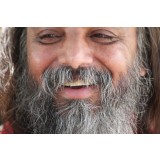
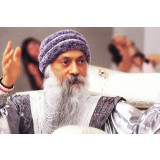
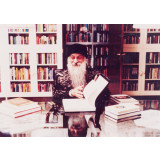
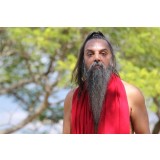
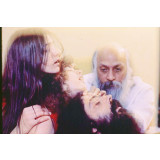
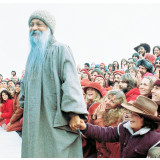
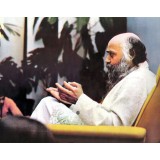
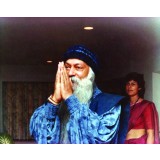
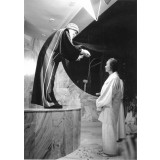
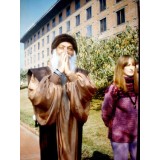
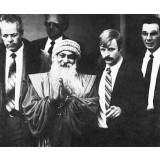
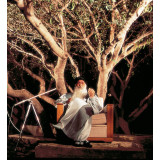
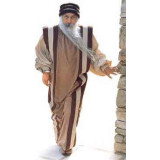
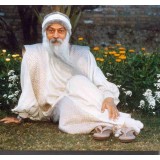
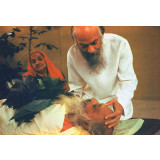
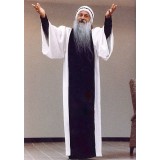
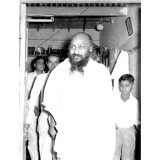
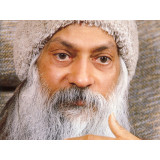
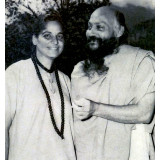
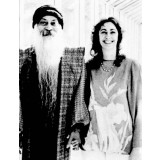
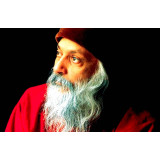
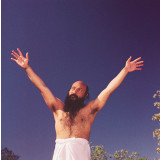
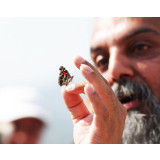
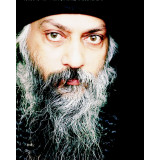
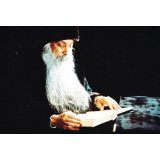
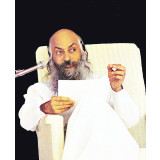
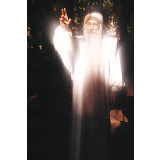
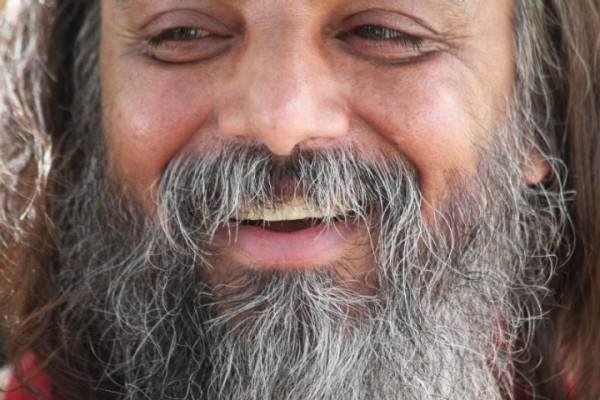



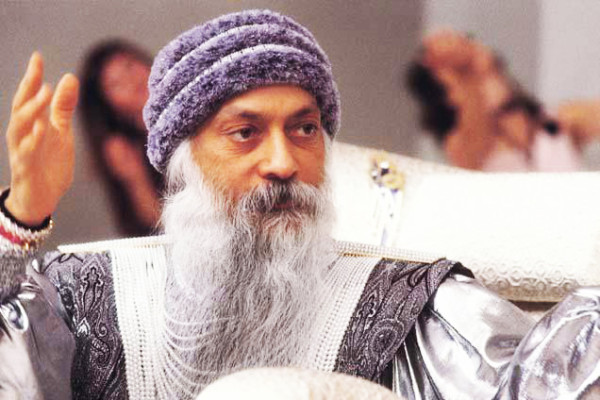
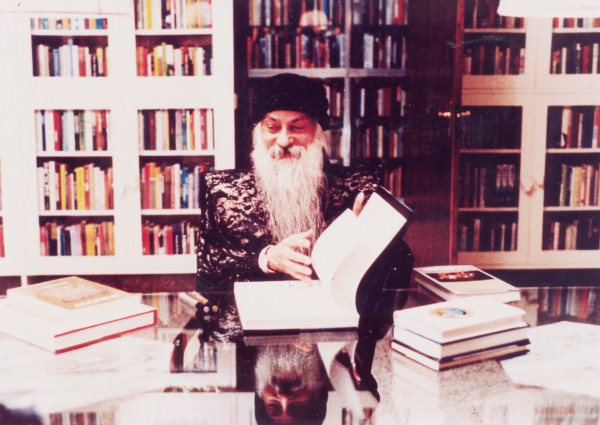
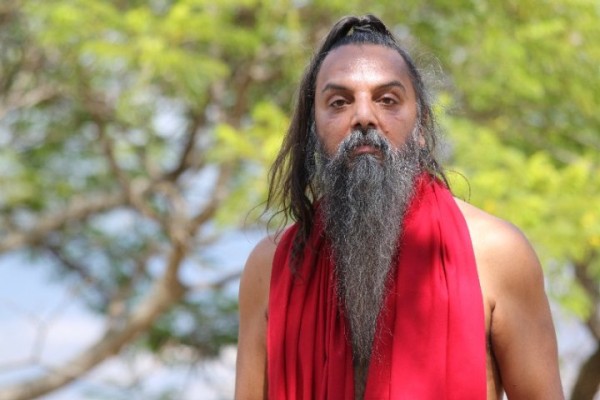
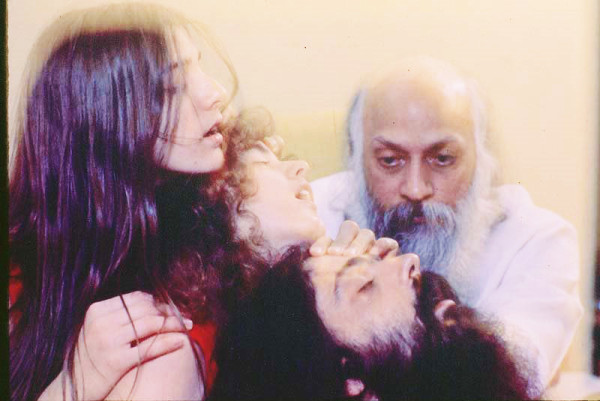
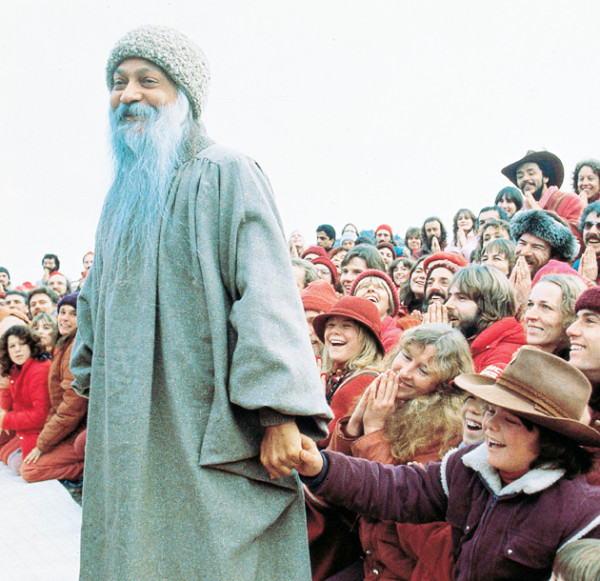
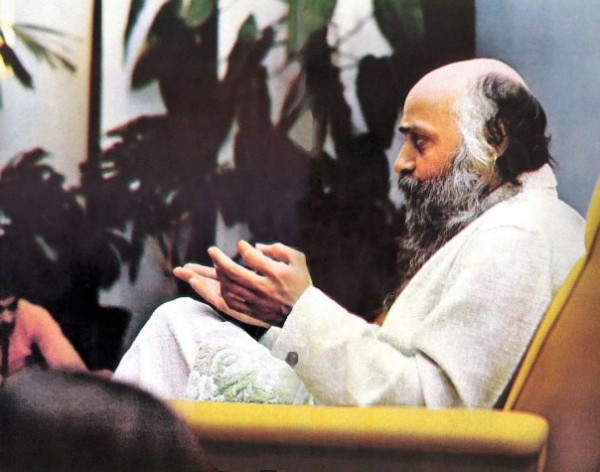
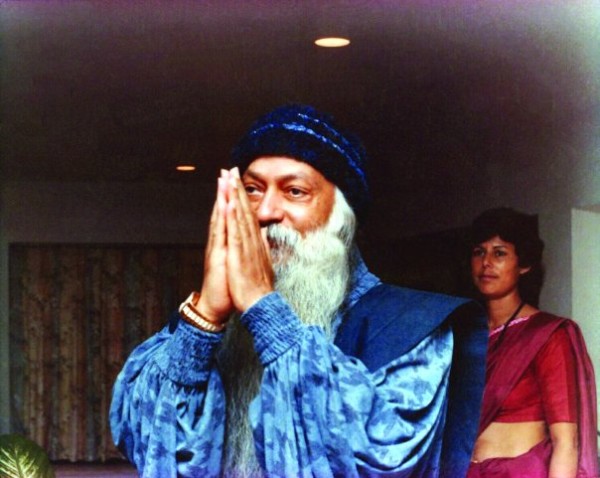
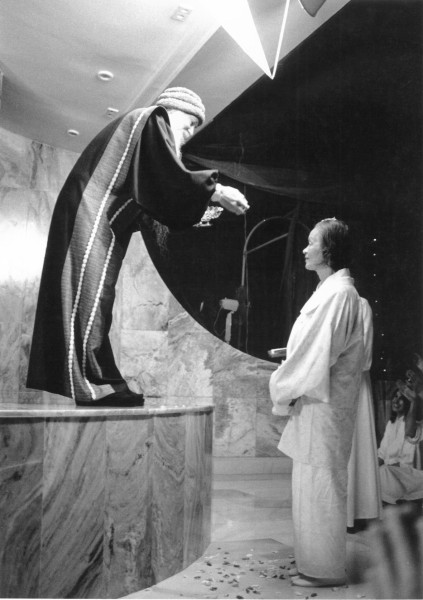
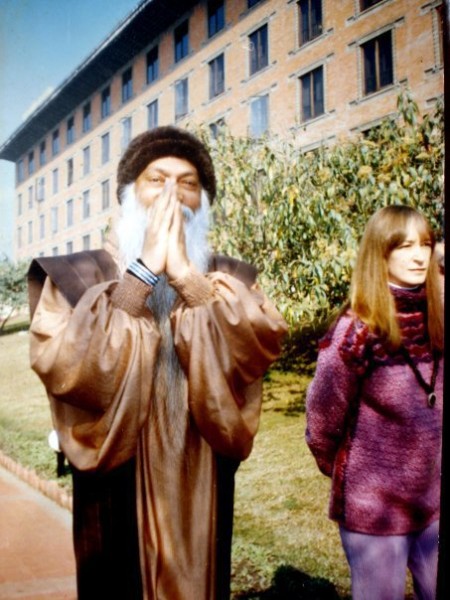
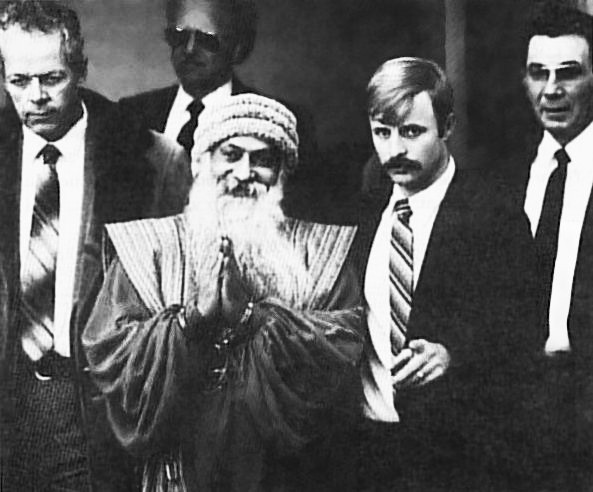
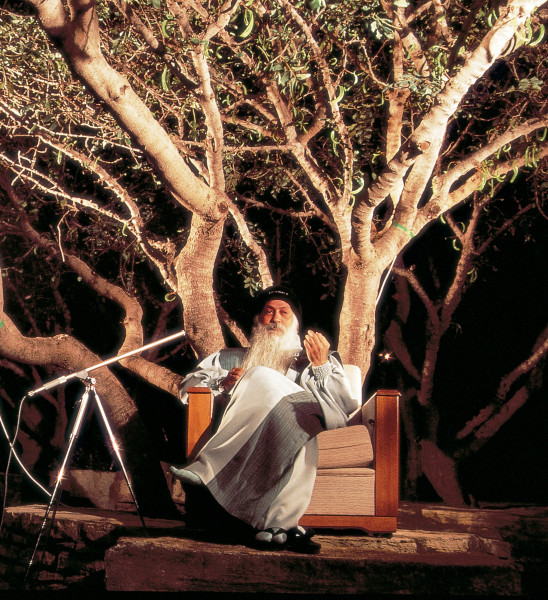
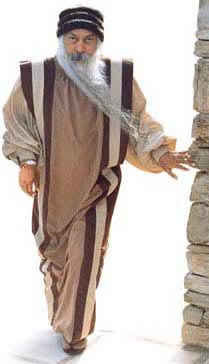
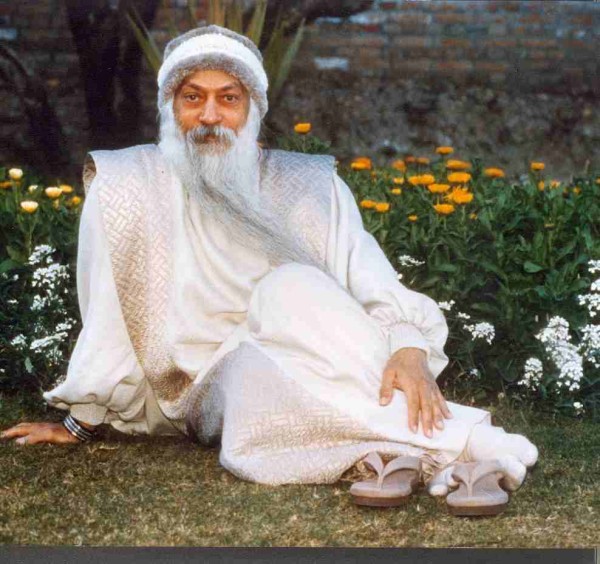

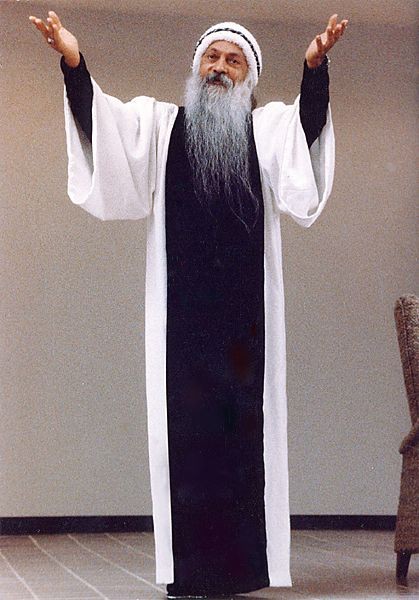
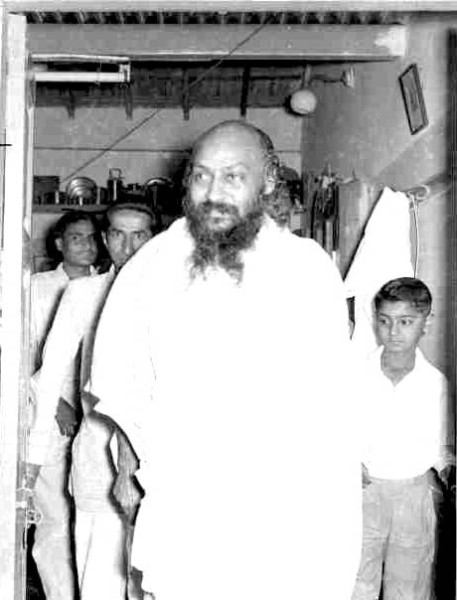
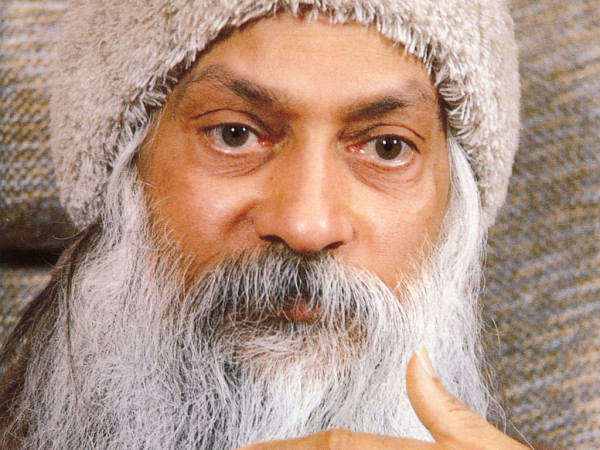
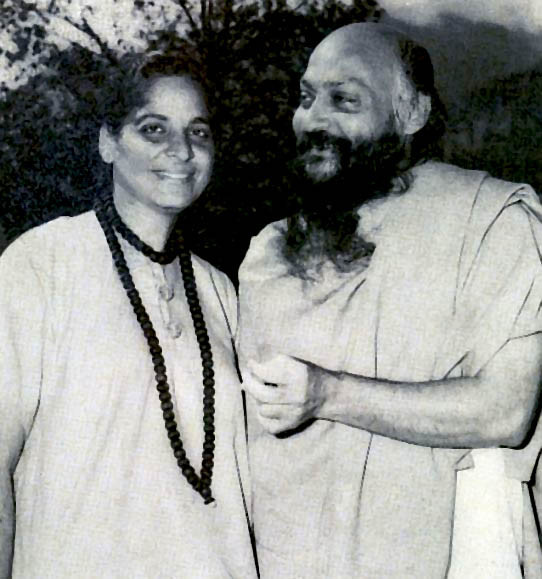
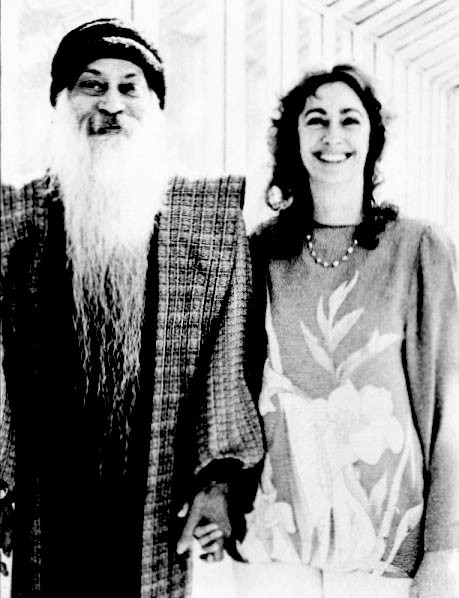
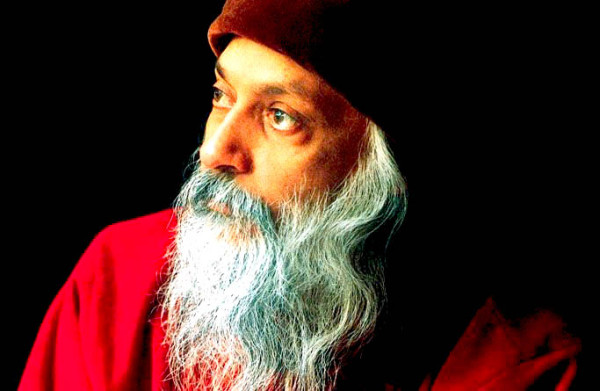
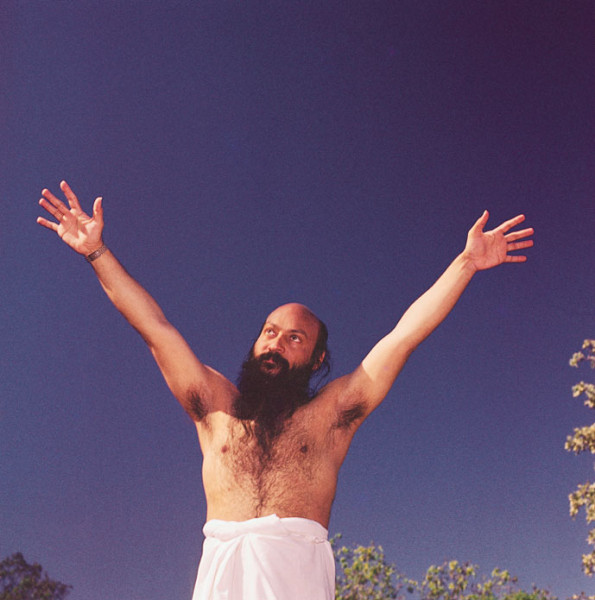
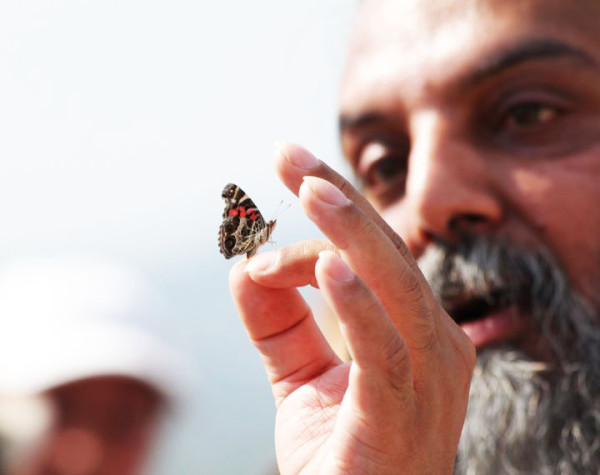
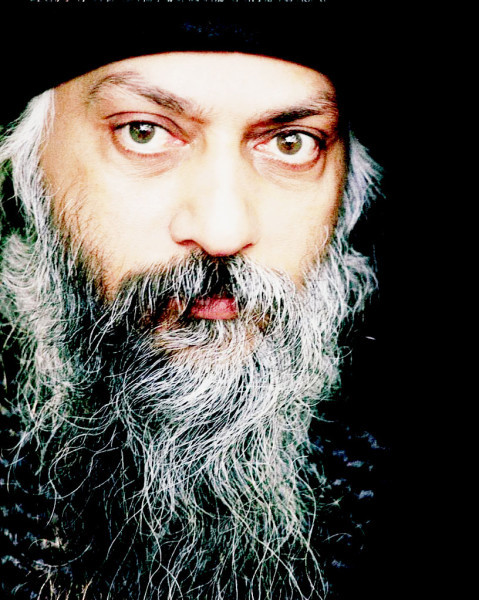
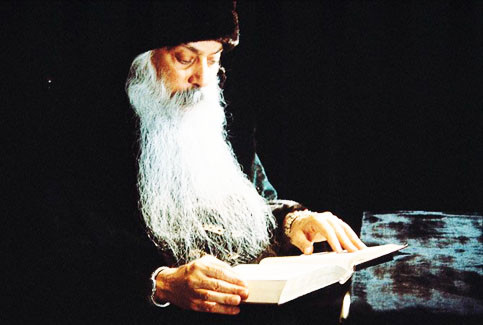
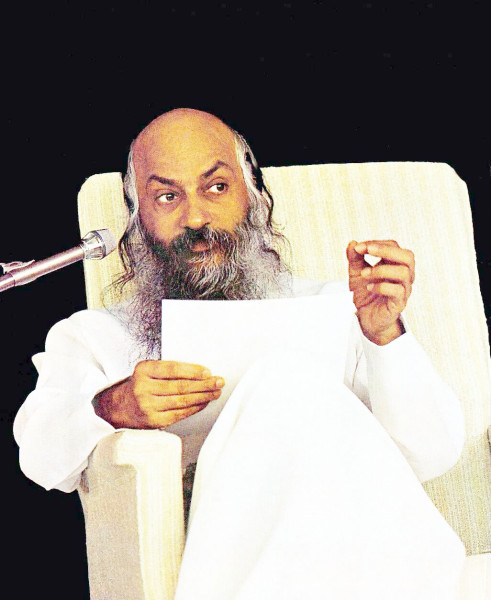
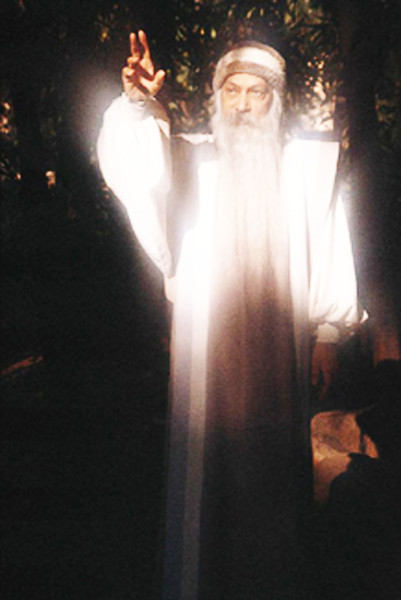

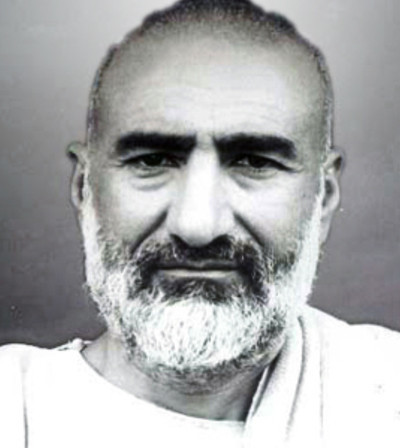
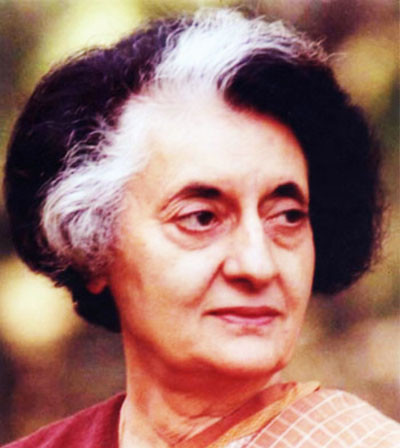
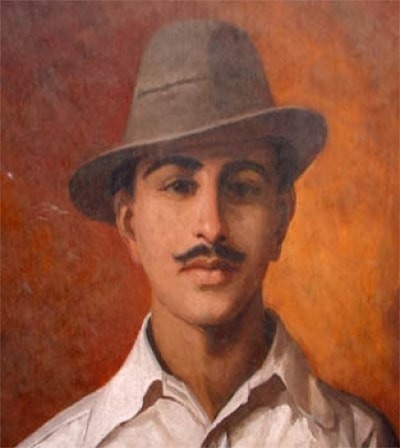
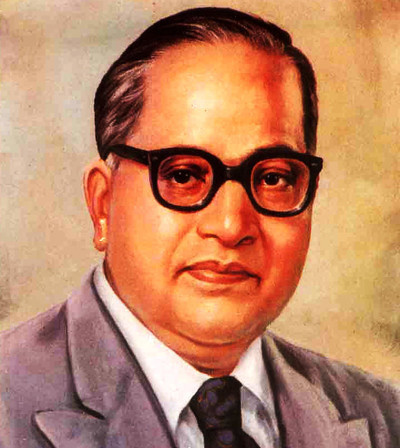
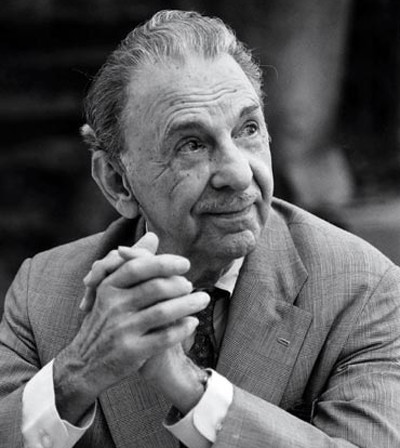
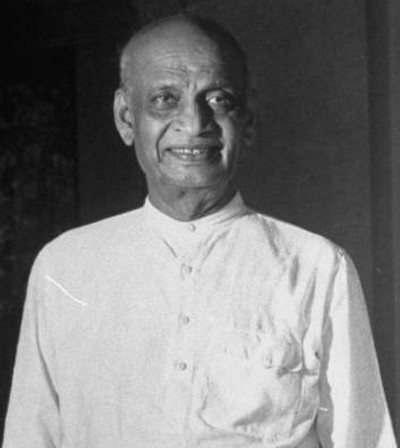
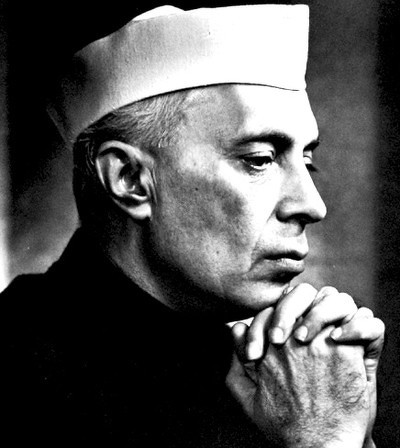
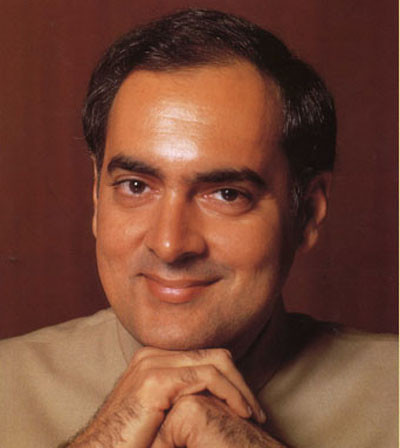
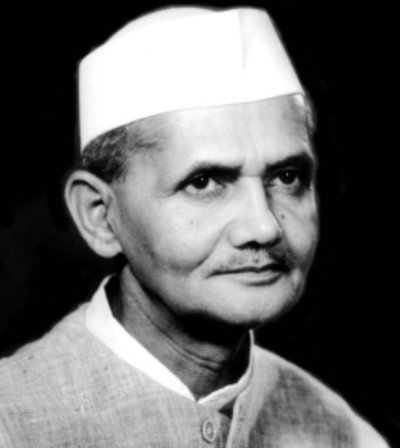

jignasa
14 years ago